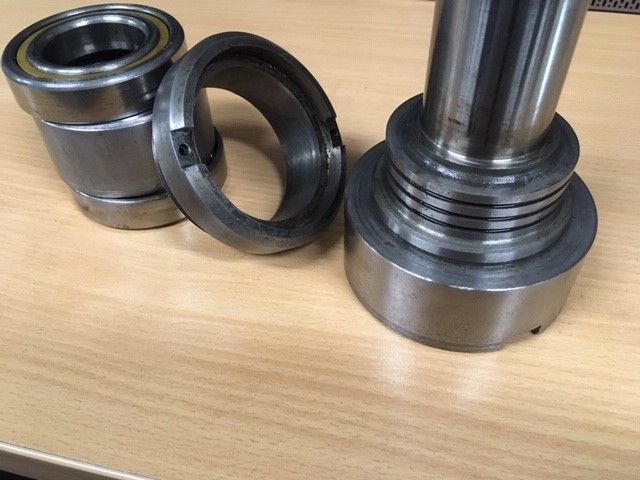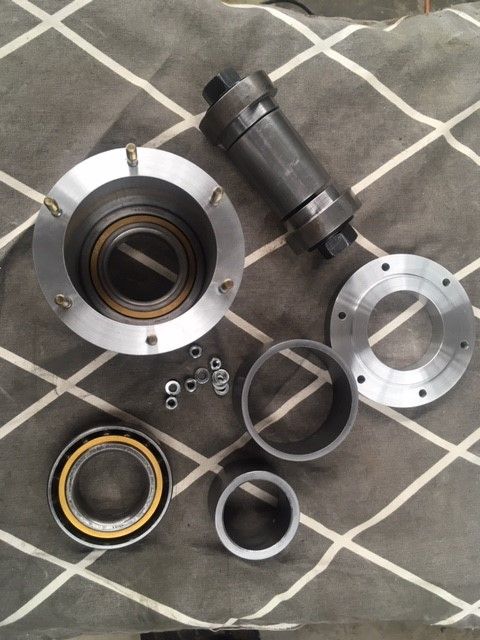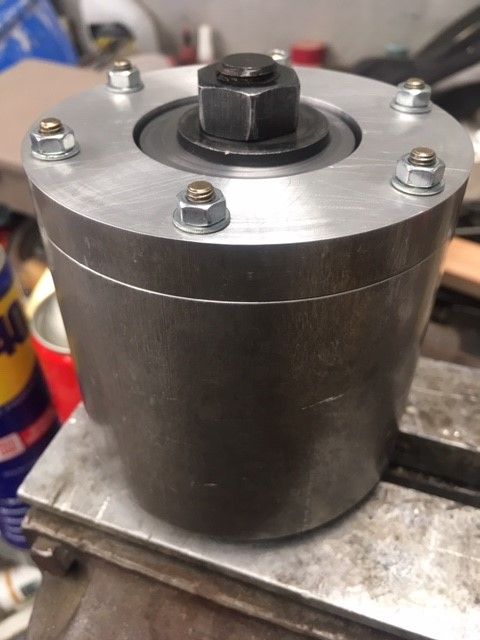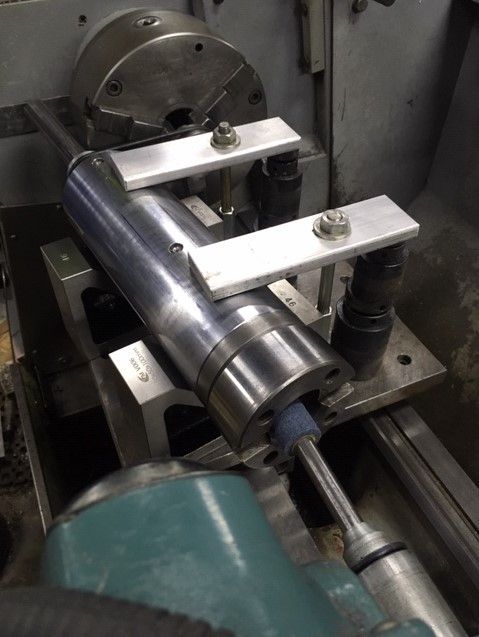All things Beaver Mill
All things Beaver Mill
- This topic has 192 replies, 39 voices, and was last updated 26 March 2025 at 13:04 by
scud106.
- Please log in to reply to this topic. Registering is free and easy using the links on the menu at the top of this page.
Latest Replies
Viewing 25 topics - 1 through 25 (of 25 total)
-
- Topic
- Voices
- Last Post
Viewing 25 topics - 1 through 25 (of 25 total)
Latest Issue
Newsletter Sign-up
Latest Replies
- Stripped aluminum threads. Now what?
- How to wire up 3 phase motor and 3 phase converter?
- Damp proofing concrete floors
- Machinery Handbook
- Tangential tooling
- Flexispeed Meteor 2
- gear cutting with the shaper
- Powered hacksaw – blade lift for the return stroke
- Electric motor vibrations
- Build Your Own Metal Working Shop From Scrap (7 book series)









